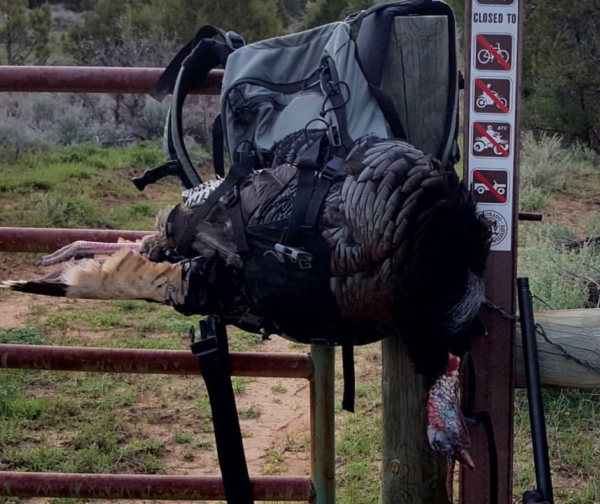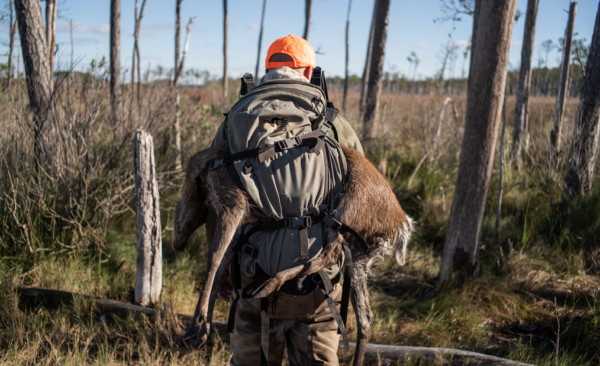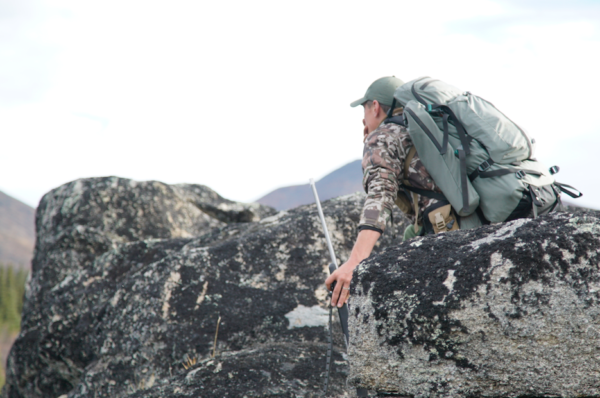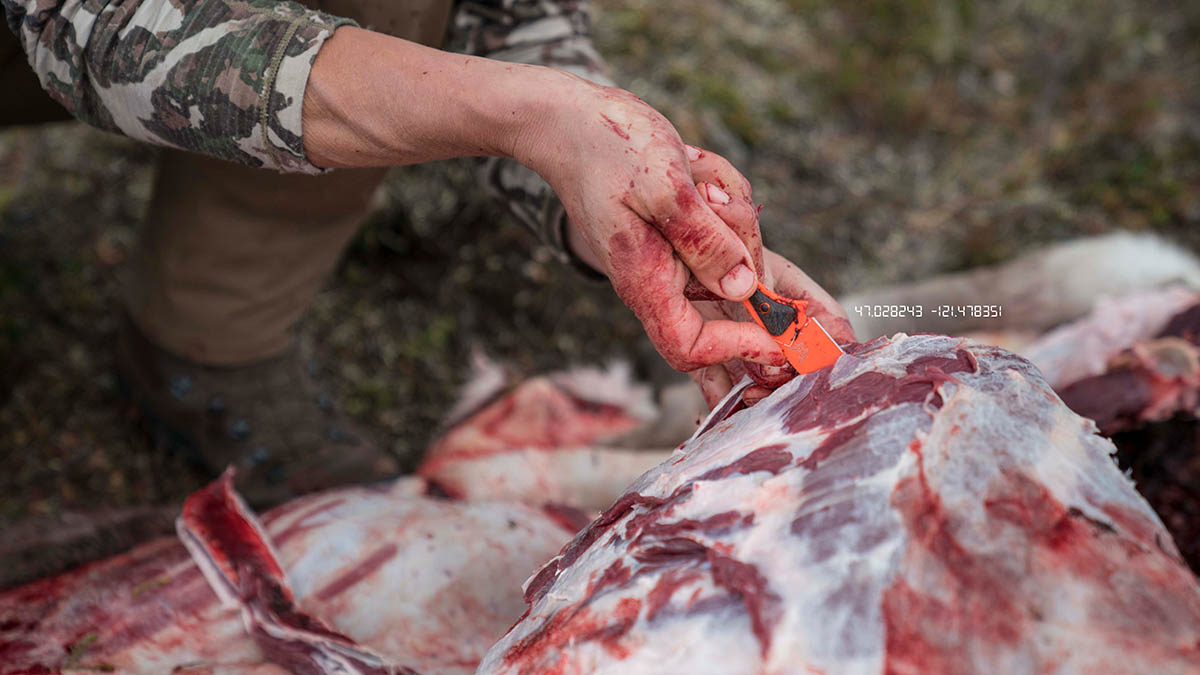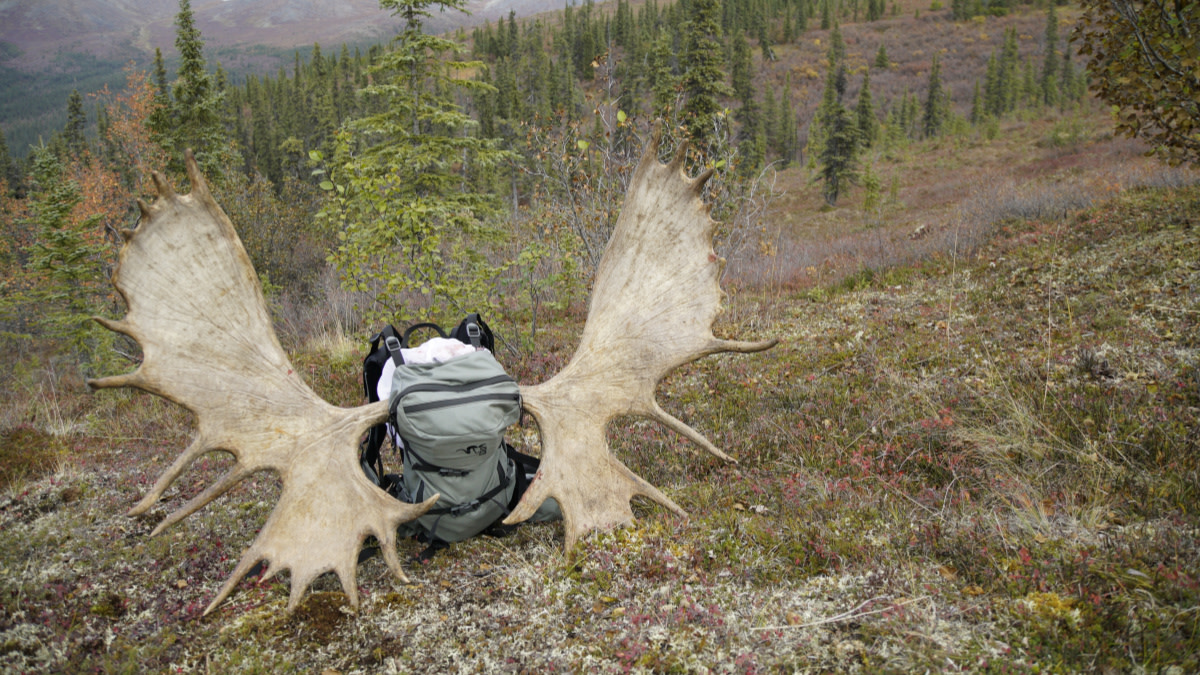
One of the questions fans ask us most frequently is what we carry in our hunting packs. The simple answer is it all depends on what kind of hunt we’re on. But there are items we always carry, no matter the hunt. Then there’s other things we put in our packs based on whether we’re just out for the day or planning on spending a week in the backcountry. On many hunts, we’ll also bring species-specific items, like calls or decoys.
Before we get into what’s in our packs, it’s important for hunters to decide what kind of pack best suits their needs. A whitetail hunter in Kentucky who spends the entire season perched in a treestand has much different pack requirements than a Montana elk hunter who spends a week in the wilderness with camp on his back.
Day Packs
Day packs can be used for everything from small game to wild turkeys to big game. Most day packs run about 2000 cubic inches, which is more than enough space to carry food, water, extra clothing, calls, first aid kit and whatever else you might need for a day in the woods. One of our favorite day packs is the Stone Glacier Avail 2200. What day packs lack is the space and support necessary to pack out a quartered big game animal. If you’re going to be doing any hunts that might require you to pack out heavy loads of meat, a multi-day pack is a better choice.
Multi-Day Packs
Multi-day packs are usually between 3000 and 4000 cubic inches. They allow hunters to carry everything they’ll need for day hunts involving long hikes and they’re ideal when you’ll be spending a couple nights out in the woods. A good multi-day backcountry pack will have room for a small tent, sleeping bag and all your gear, and still allow you to pack out a heavy load of meat. Look for a pack like Stone Glacier’s EVO 3000 which has a dedicated meat hauling system rather than one that forces you to stuff meat inside the main compartment with all your gear
Multi-day packs are the most versatile hunting backpacks as far as size; they can be compressed down for day hunts and expanded to haul big loads. You can also customize these types of backpacks with accessories like rifle or bow holsters, extra pockets and rain covers.
Expedition Backcountry Packs
Expedition hunting backpacks are based on serious mountaineering backpacks and are built for long trips and heavy loads. They generally run between 6000 and 7000 cubic inches. Most hunters don’t need a pack this big. However, if you go on backcountry hunting expeditions of a week or more, this is what you’ll need to carry camp on your back so you can sleep under the stars miles from the trailhead or airstrip. Assuming you can handle the load, a pack like the Sky Talus 6900 will accommodate all of your camping and hunting gear, clothing, optics, food, water and an entire boned-out deer or sheep.
Hunting Pack Essentials
Here’s what we carry in our packs. You may find some things here that you’re missing, or things that you may not feel the need to carry. It takes time to really dial in your personal system for any given hunt, but we’ll assume you’ll be bringing along your hunting license, binoculars, weapon and ammunition. Note that sometimes it can be a lifesaver to double up on stuff, like a headlamp or lighter. Here’s what is always in our packs, no matter the hunt:
Backcountry Essentials
Here’s what we always have when we’ll be camping in the backcountry for multiple nights and will need to carry everything in our backpack.
- Stone Glacier sleeping bag
- Stone Glacier 1- or 2-man tent
- Sleeping pad
- Backpack rain cover or contractor-weight garbage bag
- Lightweight tarp for sun/rain shelter
- First Lite extra socks, base layers and insulated hat
- First Lite down jacket
- Toothbrush, toothpaste
- Dehydrated meals, instant oatmeal
- Small container of seasoning salt
- Small container of cooking oil
- Instant coffee packs
- Camp stove and fuel
- Drinking cup
- Cooking pot
- Spork or spoon
- Trekking poles
- Inflatable camp pillow
- Satellite phone
- Camp shoes
- Water purification system
Sundry Essentials
These are key items that you must consider every time you go afield. Make sure to avoid redundancy to save weight and space.
- Extra batteries
- Bone saw for cutting pelvis bones, removing rib racks etc.
- Surveyor’s tape for marking blood trails
- 50 ft. paracord
- Knife sharpener
- Multi-tool
- Sunscreen
- Lip balm
- Toilet paper
- Prescription medications, if necessary
- Emergency first aid and survival kit (we’ll break this down in a future article)
- Fire starter materials and lighter (wrapped with several layers of duct tape)
- Compass
- Snacks (wild game jerky, dried fruit, trail mix, bars)
- Paper maps
- Butt pad for glassing
- Book/magazine
- Fishing gear, if appropriate
- Hand/foot warmers
There are some specialty situations when we might need to pack things that aren’t listed here. For example, we might need waders for a river crossing or a small game weapon if we expect to have extra hunting opportunities. For the most part though, these lists will get you through just about any hunt.

